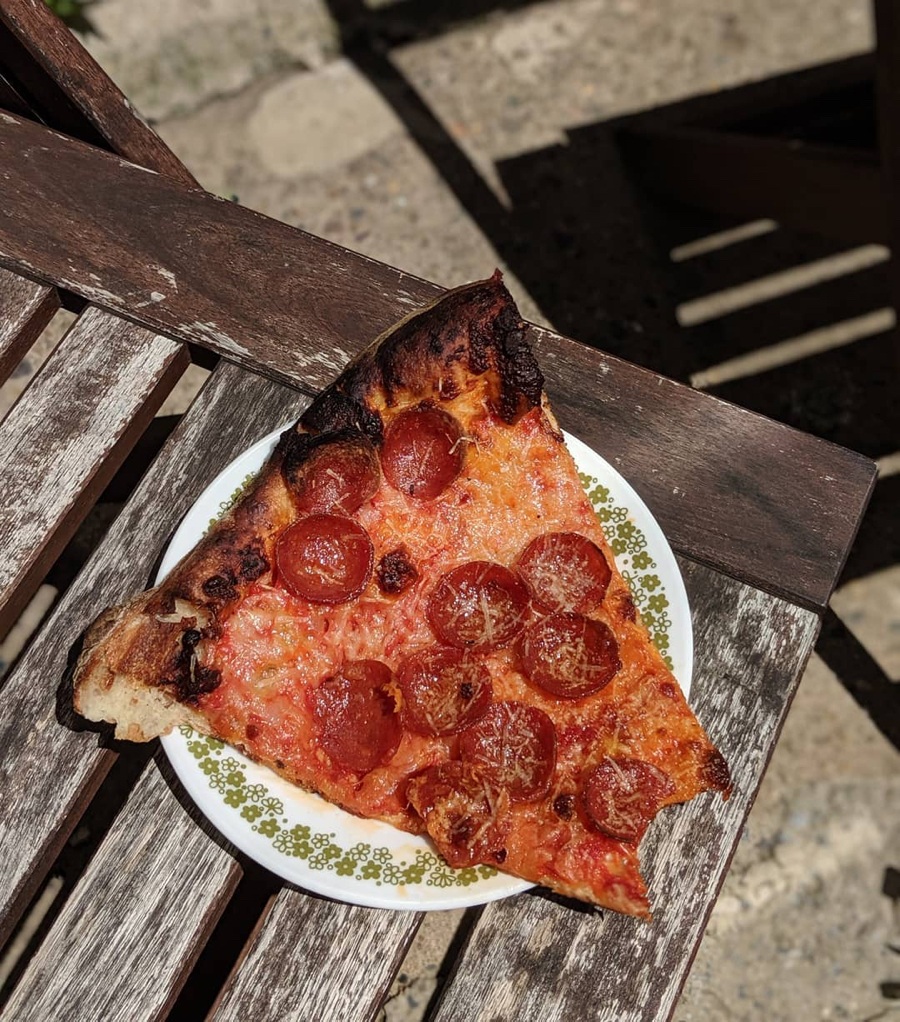Always Order Your Pizza Well-Done
It’s the secret to turning everyday pizza into great pizza.
There’s never been a bad time to eat pizza in Philadelphia.
But we’re not all lucky enough to live in South Philly, where you can’t fling a garlic knot without hitting several of the city’s top pizzerias, or patient enough to wait months for a reservation or hours in line for a much-lauded Pizzeria Beddia pie, or flush enough to drop $25 plus tax and tip whenever we want some of the crispy-gooey-crunchy-saucy good stuff.
After all, pizza should be easy. It’s the food of the masses — what you order when you’ve got to please a crowd, from little kids at a birthday party to grownups working overtime at the office. You should be able to find it in your neighborhood, whether you live near a trendy restaurant row or frequent a humble corner pizza joint. It should be affordable and accessible. It should also taste good.
I learned the trick to that last criterion from a former boss of mine, who, on particularly busy days, would call up the erstwhile Primo Pizza in Kensington and order lunch for the staff. She’d always ask for the Mega Pie, a gigantic pizza that came in a box the size of a stovetop, and she’d always use two words: “Well-done.”
Asking for your pizza well-done is the key to leveling up every so-so pie you’ve ever had, the closest you can get to the fire-kissed pies at the city’s buzziest pizza spots without leaving your block. Just a few more minutes in the oven crisps soggy toppings, crackling the edges of pepperoni and putting earthy char on slices of onion. It bubbles and browns melted cheese that would otherwise remain flabby and pale while giving the crust a extra bite and body.
I’m not the only well-done evangelist out there: Thrillist agrees with me, as does Serious Eats. Daniel Gutter, proprietor of Pizza Gutt and now his own shop, Circles+Squares, in Kensington, asks for well-done when he’s ordering from his neighborhood favorites, “because I want the slices to stand up and I don’t want the cheese to slide off.”
In his own shop, he makes them that way by default, although he’s happy to go easy on the bake by request.
“It can be a balancing act,” Gutter told me. “We try to make our pies well done, but it’s tough when you’re doing a lot of volume fast, because the stone you’re cooking on loses a little heat with each pizza and it doesn’t always have the time to heat back up between pies.” That can lead to a perfectly-done bottom but an overcooked top, so it takes practice and timing to hit that sweet spot consistently.
While a chain pizza spot may happily execute a well-done request (Papa John’s has a well-done option if you order online), I choose instead to support the lovely family who own my personal neighborhood go-to, Penn Pizza Cafe in Cedar Park, who faithfully brown my ‘za every time. (Yes, I live in West Philly, which is a relative pizza wasteland with a few notable exceptions.)
Of course, a well-done pie will, by definition, take a little more time to prepare. That means two things: you should be ready to wait a few minutes more to pick up your pie. And when you do, throw the tip jar a few extra bucks for taking the time — literally — to make your pizza better.



